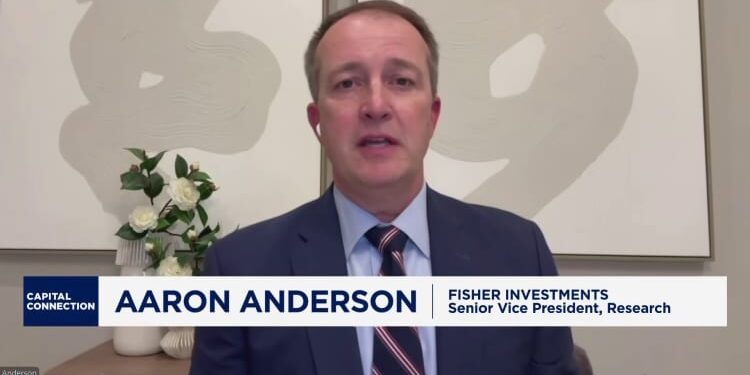Excavators transfer coal at the coal terminal in China’s eastern Jiangsu province on January 22, 2024.
Str | Afp | Getty Images
China’s industrial profits plunged by 17.8% in August from a year ago in their largest decline in more than a year, National Bureau of Statistics data showed Friday.
That followed a 4.1% year-on-year increase in July, the fastest pace in five months. Industrial profits data covers factories, mines and utilities in China.
The 17.8% drop was the steepest since an 18.2% drop in April 2023, according to official data accessed through Wind Information.
The statistics bureau attributed the large decline in August to a high base in the year ago period. In August 2023, the same monthly figure expanded 17.2% from a year ago.
The drop dragged down industrial profits for the year. In the first eight months of the year, profits at large industrial firms grew by 0.5% to 4.65 trillion yuan ($663.47 billion), compared with a 3.6% increase in the first seven months.
“There is a long-running decline in China’s industrial profits which can only get worse with Beijing failing to address its overcapacity problem,” Shehzad Qazi, chief operating officer at China Beige Book, a U.S.-based research firm, said in an email.
He expects the country to double down on exports manufactured goods, from electric cars to steel, to drive economic growth.
During that eight-month period, the mining and oil industries saw the biggest profit decline. Smelters and processors of metals other than iron saw the largest profit gains during that time.
Also reporting significant profit gains for the period were electronic equipment manufacturers and the food processing industry, the statistics bureau said.
State-owned firms recorded a 1.3% decline in profits in the first eight months of the year, while non-state-owned businesses saw profits climb by 2.6%.
Foreign industrial firms, which include those with investments from Hong Kong, Macao and Taiwan, saw profits rise by 6.9% in the January to August period from a year ago.

The Chinese government has stepped up efforts this week to support economic growth amid concerns that Beijing could miss its full-year GDP target of around 5%. Sluggish domestic demand, a prolonged housing downturn and rising unemployment have weighed on the world’s second largest economy.
On Thursday, China’s top leaders called for halting the property slump and strengthening fiscal and monetary policy support, according to readout of a high-level meeting chaired by Chinese President Xi Jinping.
The People’s Bank of China on Friday officially cut the amount of cash banks need to have on hand, known as the reserve requirement ratio or RRR, by 50 basis points. The central bank also lowered the 7-day reverse repurchase rate by 20 basis points to 1.5%, from 1.7% previously.
The rate cuts followed the announcement from the central bank’s governor Pan Gongsheng at a press conference on Tuesday.
In August, China’s industrial activity, retail sales and urban investment all grew slower than expected, with retail sales rising by barely more than 2% and industrial production by 4.5% from a year ago.
Among fixed asset investment, real estate fell by 10.2% for the year through August, the same pace of decline as of July. The urban unemployment rate was 5.3% in August, an uptick from 5.2% in the previous month.







